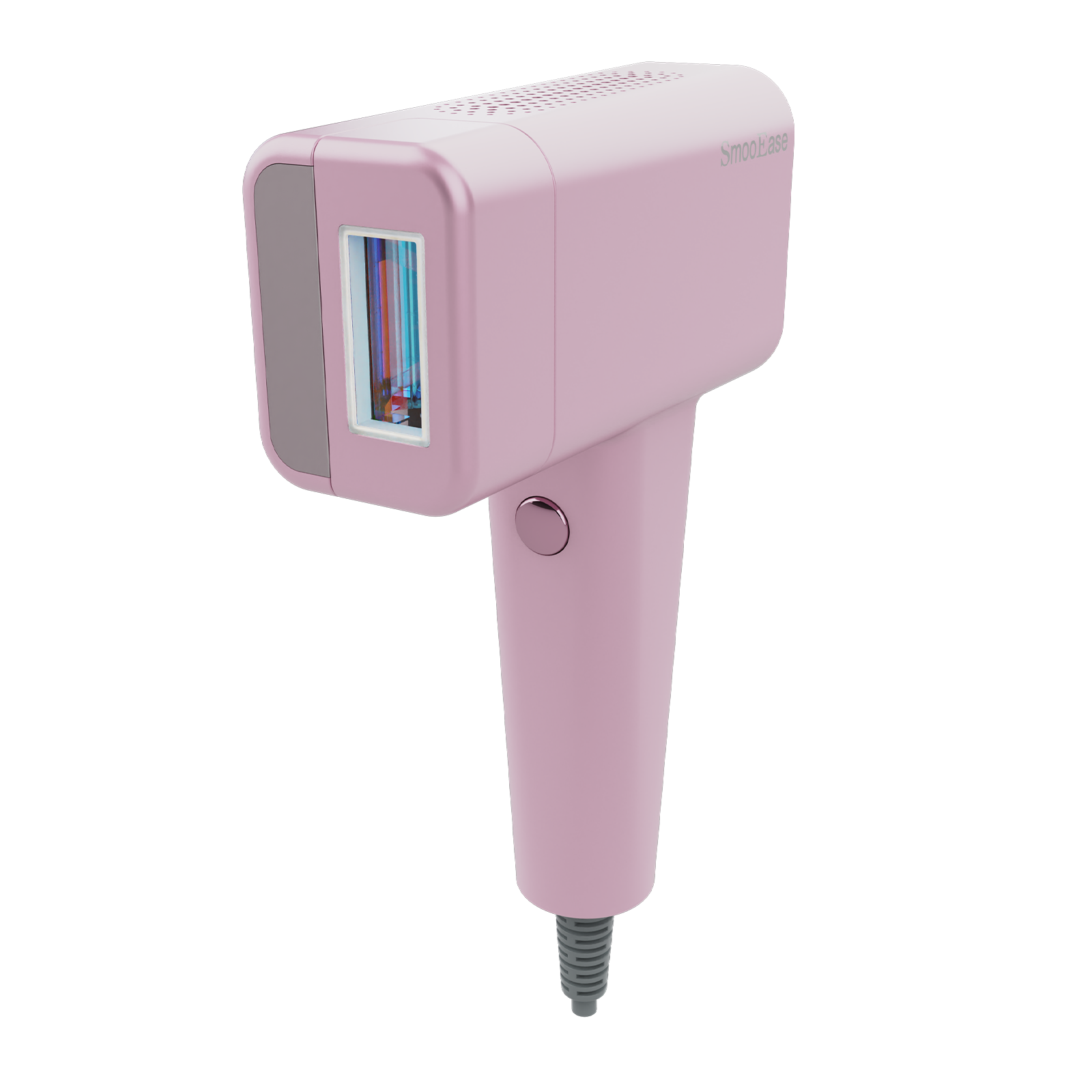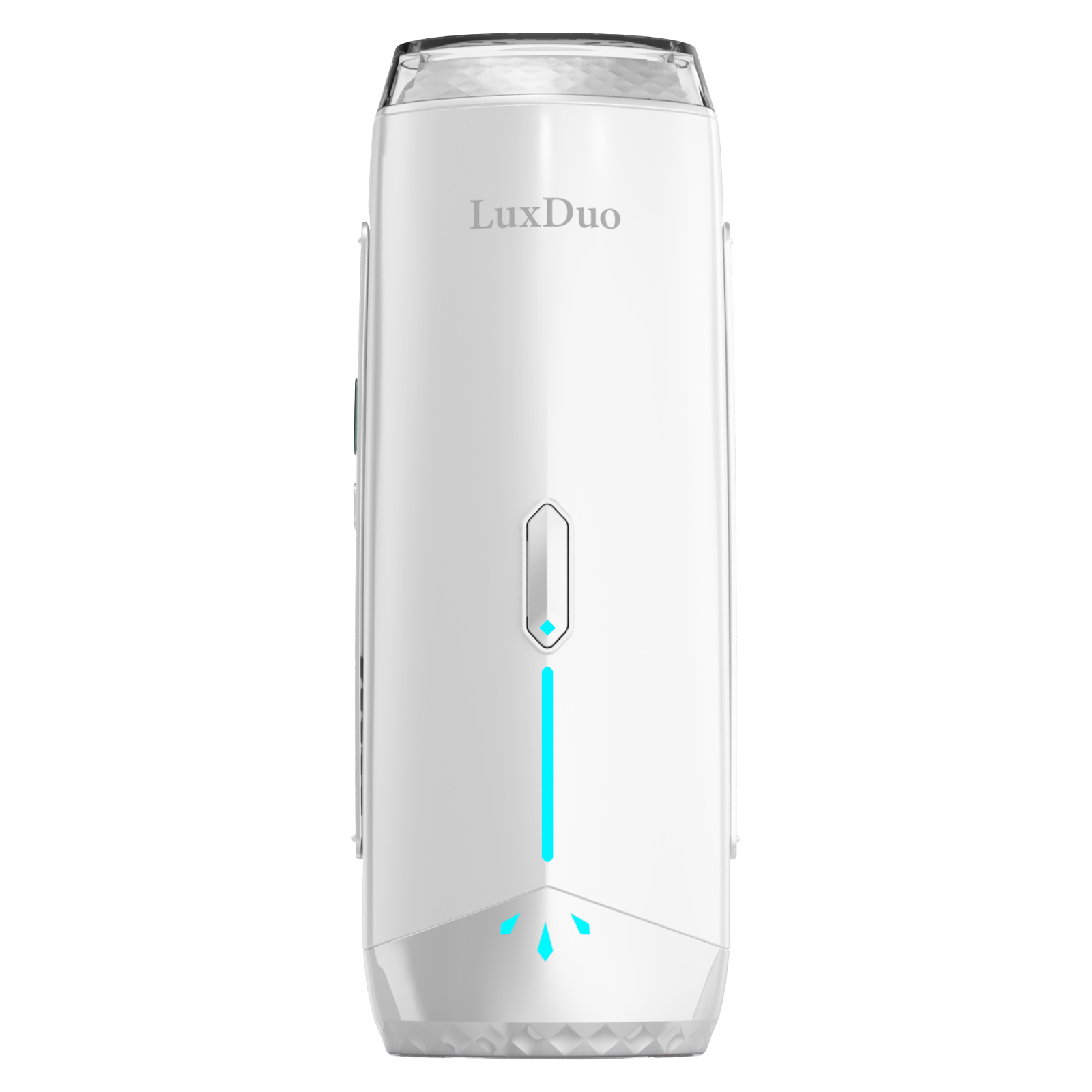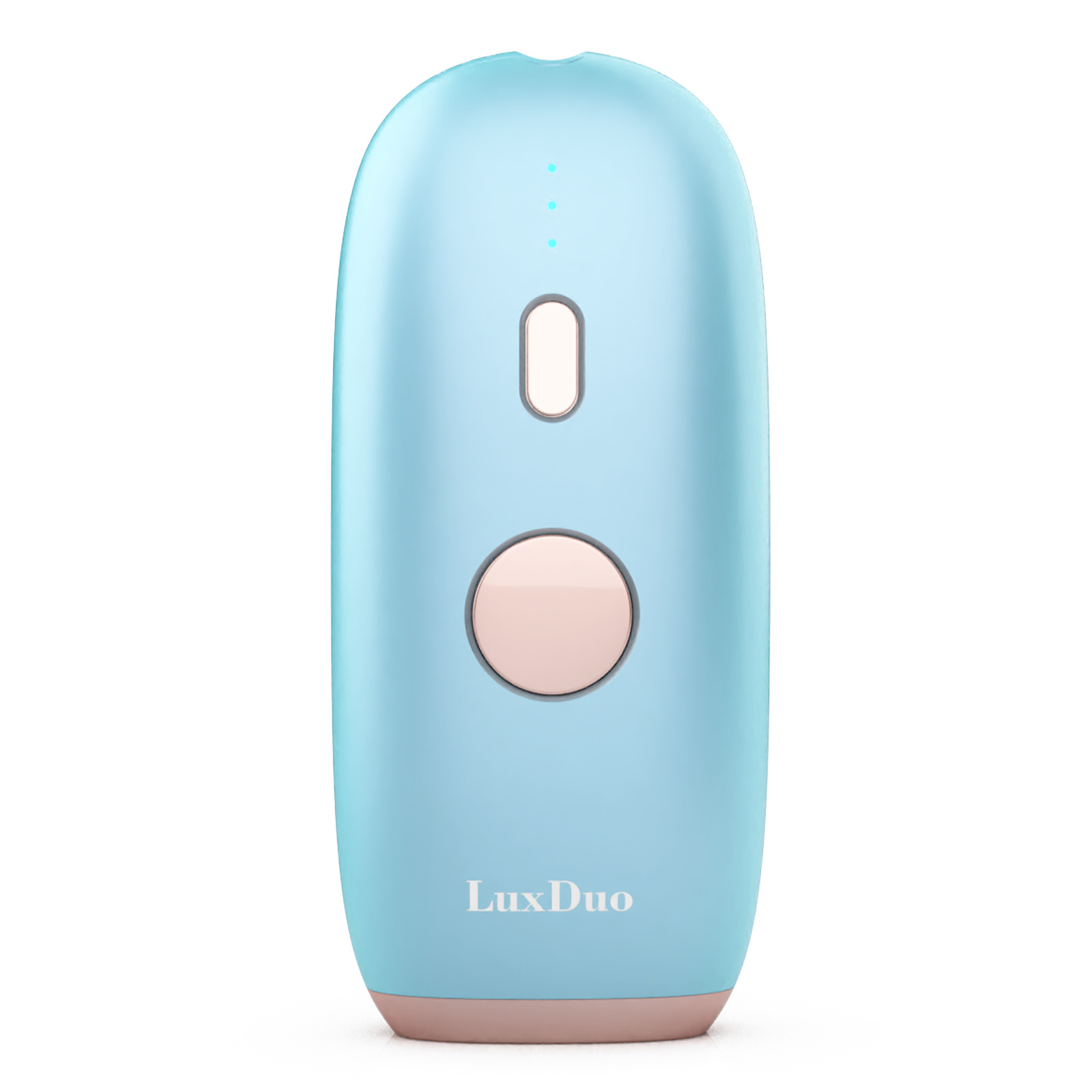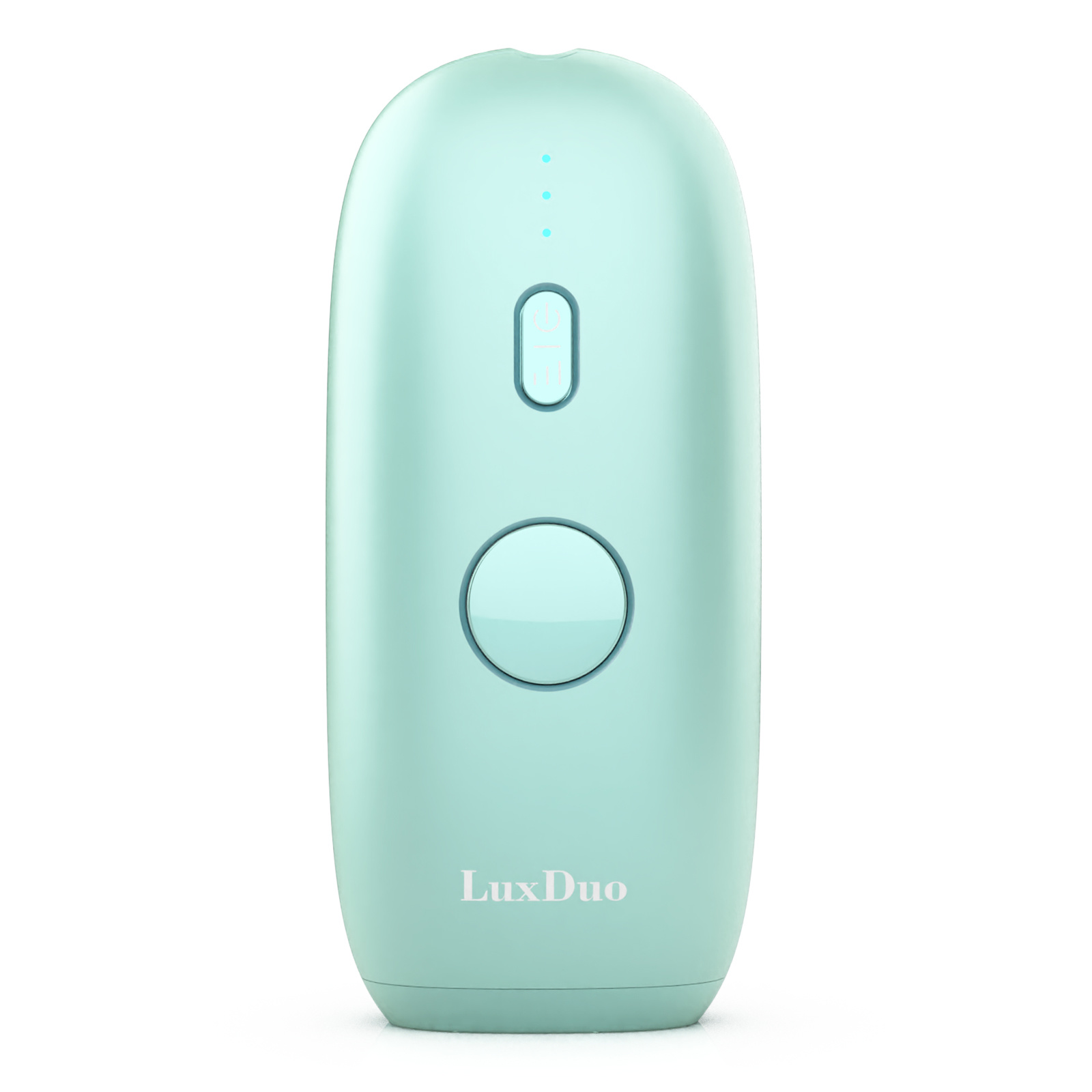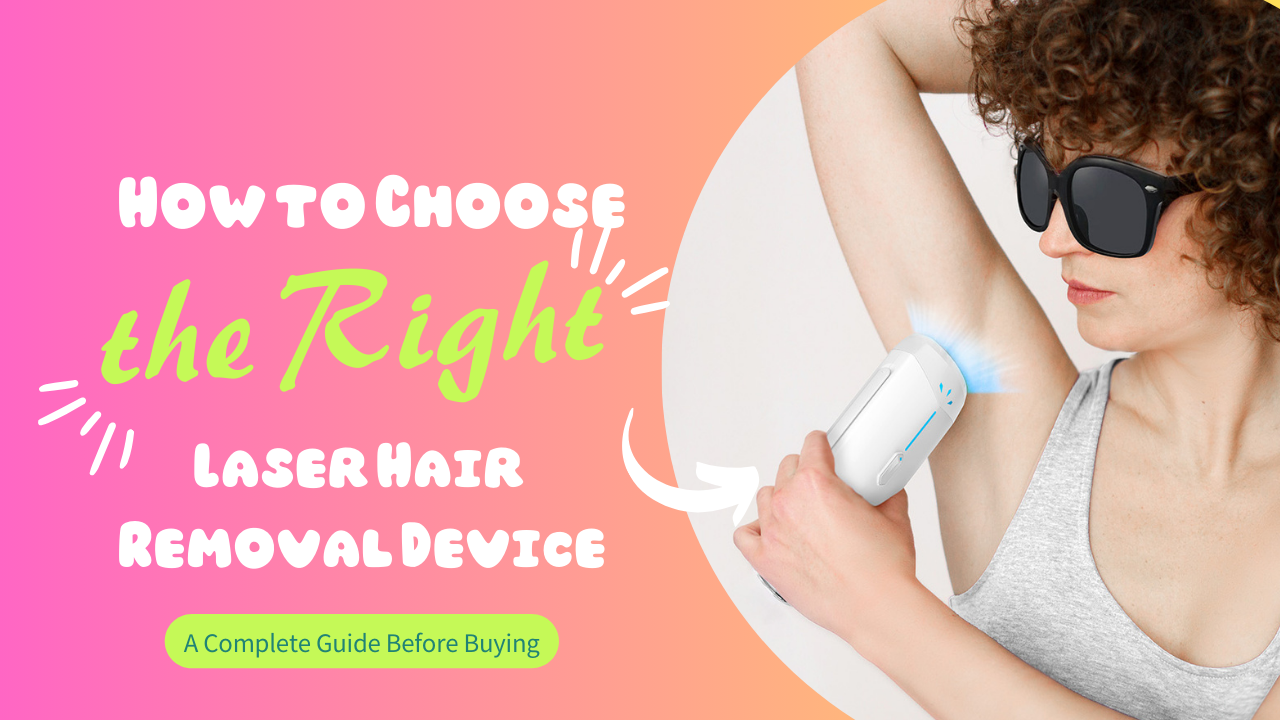Laser Hair Removal for Women: Comparing Different Technologies
Laser Hair Removal for Women: Comparing Different Technologies Table of Contents Introduction to Laser Hair Removal How Laser Hair Removal Works Benefits of Laser Hair Removal for Women Different Laser Technologies for Hair Removal Alexandrite Laser Diode Laser Nd: YAG Laser Intense Pulsed Light (IPL) Ruby Laser
2025-06-25
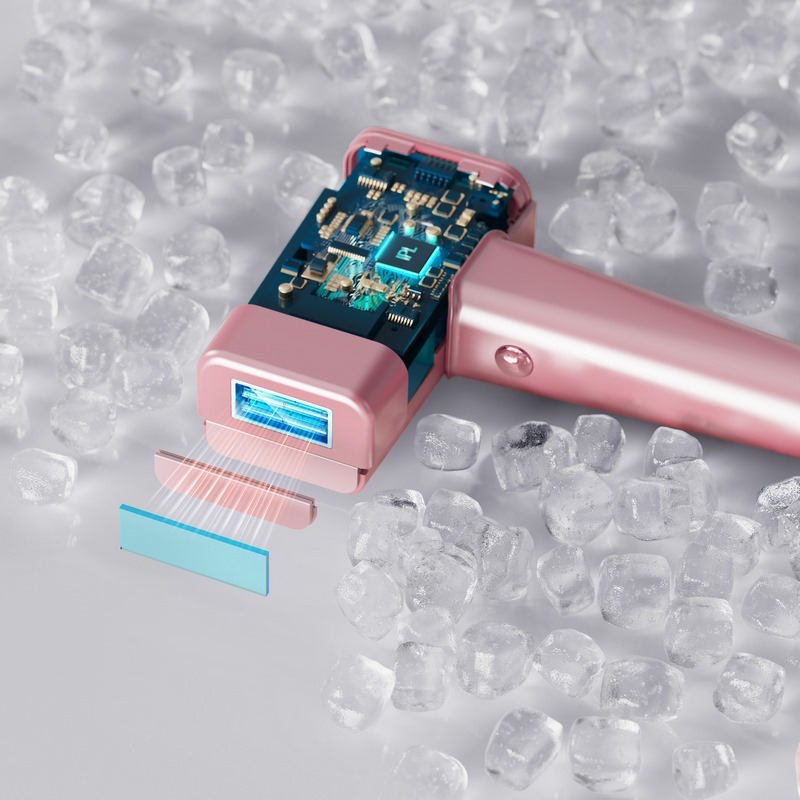
Laser Hair Removal for Women: Comparing Different Technologies
Table of Contents
- Introduction to Laser Hair Removal
- How Laser Hair Removal Works
- Benefits of Laser Hair Removal for Women
- Different Laser Technologies for Hair Removal
- Choosing the Right Technology for Your Skin Type
- The Laser Hair Removal Process Explained
- Aftercare and Recovery Tips
- Common Misconceptions About Laser Hair Removal
- Frequently Asked Questions
- Conclusion
Introduction to Laser Hair Removal
Laser hair removal is a revolutionary method that has transformed the beauty and personal care industry. Many women are increasingly opting for laser hair removal treatments to achieve long-lasting smooth skin. This method utilizes concentrated beams of light to target hair follicles, significantly reducing hair growth over time. In this article, we will explore the various technologies used in laser hair removal, helping you understand which option may be best suited for your unique needs.
How Laser Hair Removal Works
The fundamental principle behind laser hair removal involves the process of **selective photothermolysis**, where the laser emits a specific wavelength of light that is absorbed by the pigment (melanin) in the hair. This process heats and destroys the hair follicle while leaving the surrounding skin unharmed. The treatment is most effective on individuals with light skin and dark hair due to the contrast that allows the laser to better target the melanin.
Typically, multiple sessions are required to achieve optimal results, as hair grows in cycles. Lasers are designed to target hair during the anagen (growth) phase, which is why a series of treatments is necessary to catch all hair in this phase.
Benefits of Laser Hair Removal for Women
Laser hair removal offers numerous advantages compared to traditional hair removal methods such as shaving, waxing, or electrolysis. Here are some key benefits:
1. **Long-Lasting Results**: After completing the recommended sessions, many women experience significant hair reduction for months or even years.
2. **Precision**: Lasers can precisely target dark, coarse hairs while sparing the surrounding skin.
3. **Speed**: Each pulse of the laser takes only a fraction of a second, treating multiple hairs at once. Small areas can be treated in as little as a few minutes, while larger areas may take longer.
4. **Minimal Discomfort**: Most patients report feeling only a slight tingling sensation during the procedure, making it a relatively painless experience compared to other methods.
5. **Reduced Ingrown Hairs**: Laser hair removal minimizes the occurrence of ingrown hairs, a common issue with shaving and waxing.
Different Laser Technologies for Hair Removal
Various laser technologies are available, each with its unique characteristics and benefits. Understanding these can help you make an informed decision about which technology is best suited for your hair removal needs.
Alexandrite Laser
The Alexandrite laser is known for its speed and efficiency. It operates at a wavelength of 755 nm and is particularly effective on lighter skin types. The Alexandrite laser can cover large areas quickly, making it popular for treating larger body parts such as the back or legs. However, it may not be as effective on darker skin tones.
Diode Laser
The **Diode laser** operates at a wavelength of 800-810 nm, making it suitable for a wide range of skin types, including darker skin. This laser penetrates deeper into the skin, targeting and destroying the hair follicle while minimizing heat absorption by the surrounding tissues. Diode lasers are particularly effective for coarse hair and larger treatment areas.
Nd: YAG Laser
The Nd: YAG laser operates at a wavelength of 1064 nm and is effective for all skin types, including tanned skin. This laser is known for its ability to penetrate deeper than many other lasers, making it effective for treating thicker hair. It is also a great option for sensitive areas, such as the face and bikini line.
Intense Pulsed Light (IPL)
While not a laser in the traditional sense, IPL employs a broad spectrum of light to target hair follicles. IPL is versatile and can be used for hair removal as well as treating skin conditions like acne and pigmentation. However, it may require more sessions than traditional laser treatments and is typically less effective on lighter hair colors.
Ruby Laser
The Ruby laser is one of the oldest hair removal technologies and operates at a wavelength of 694 nm. It is best suited for light skin tones and fine hair. While it can be effective, advancements in laser technologies have made it less popular compared to other options.
Choosing the Right Technology for Your Skin Type
Selecting the appropriate laser technology for hair removal depends on various factors, including your skin type, hair color, and the area being treated.
1. **Skin Type**: Lighter skin types typically respond best to Alexandrite and Ruby lasers, while Diode and Nd: YAG lasers are more suitable for darker skin tones.
2. **Hair Color**: Darker, coarse hair responds more effectively to laser treatments, while lighter and finer hair may require alternative methods or multiple sessions.
3. **Treatment Area**: Some lasers are designed for larger body areas, while others are more effective for smaller, sensitive areas.
Consultation with a qualified professional is essential to determine the best option tailored to your specific needs.
The Laser Hair Removal Process Explained
Understanding the laser hair removal process can help alleviate any concerns or anxieties. Here’s a typical sequence of events:
1. **Initial Consultation**: A consultation with a qualified technician will assess your hair and skin type, discuss your medical history, and outline the treatment plan.
2. **Pre-Treatment Care**: Patients are usually advised to avoid sun exposure and tanning products for a few weeks before the session.
3. **Treatment Session**: During the session, protective eyewear will be provided. The technician will apply a cooling gel or device to the treatment area. The laser will then be administered in pulses, targeting hair follicles.
4. **Post-Treatment Care**: After the session, you may experience slight redness and swelling. Applying ice packs and using soothing creams can help alleviate discomfort.
5. **Follow-Up Sessions**: Multiple sessions (usually 4-6) are scheduled every 4-6 weeks to achieve the best results, as hair grows in different cycles.
Aftercare and Recovery Tips
Post-treatment care is crucial for optimal results and reducing side effects. Here are some tips:
1. **Avoid Sun Exposure**: Stay out of direct sunlight for at least two weeks post-treatment to prevent pigmentation changes.
2. **Use Sunscreen**: Apply a broad-spectrum sunscreen to protect the treated areas.
3. **Moisturize**: Use hydrating creams or lotions to keep the skin moisturized and soothe any irritation.
4. **Avoid Hot Showers**: Hot water can irritate the skin; opt for lukewarm showers instead.
5. **No Swimming**: Avoid swimming in pools or hot tubs for a few days to prevent irritation.
Common Misconceptions About Laser Hair Removal
Despite its popularity, several misconceptions surround laser hair removal. Let's debunk some of them:
1. **It's Painful**: Most patients report only mild discomfort, often compared to the sensation of a rubber band snapping against the skin.
2. **It's Only for Women**: While women often seek laser hair removal, it is also effective for men looking to remove unwanted hair.
3. **Results Are Immediate**: Optimal results require time and multiple sessions, as hair grows in cycles.
4. **It Works on All Hair Colors**: Laser hair removal is most effective on dark hair; lighter hair may require more treatments and may not respond as well.
5. **It's Permanent**: While laser hair removal significantly reduces hair growth, maintenance sessions may be needed over time.
Frequently Asked Questions
1. **Is laser hair removal safe?**
Yes, when performed by a qualified technician, laser hair removal is considered safe with minimal side effects.
2. **How many sessions will I need?**
Most people require 4-6 sessions, spaced several weeks apart, to achieve optimal results.
3. **Can I shave before my appointment?**
Yes, shaving is recommended before treatment, while waxing and plucking should be avoided.
4. **What should I do if I experience redness after treatment?**
Redness is common and typically subsides within a few hours. Applying a cold compress can help soothe the area.
5. **Can laser hair removal be performed on all body parts?**
Yes, laser hair removal can be performed on most body areas, including the face, legs, arms, and bikini line.
Conclusion
Laser hair removal offers an effective and long-lasting solution to unwanted hair for women. By comparing different technologies such as Alexandrite, Diode, Nd: YAG, IPL, and Ruby lasers, we can help you make an informed choice tailored to your individual needs. With the right technology, a commitment to aftercare, and by dispelling common misconceptions, women can enjoy smooth, hair-free skin with confidence. If you’re considering laser hair removal, consult a qualified professional to discuss your options and embark on your journey towards a more confident you.
Relevant information
IPL Hair Removal at Home: Smooease’s Breakthrough for Effortless, Long-Lasting Smoothness
2025-02-24
How to Choose the Right Laser Hair Removal Device: A Complete Guide
2025-01-15
How to Use a Laser Hair Removal Device at Home: A Complete Guide for Smooth, Hair-Free Skin
2025-01-10




